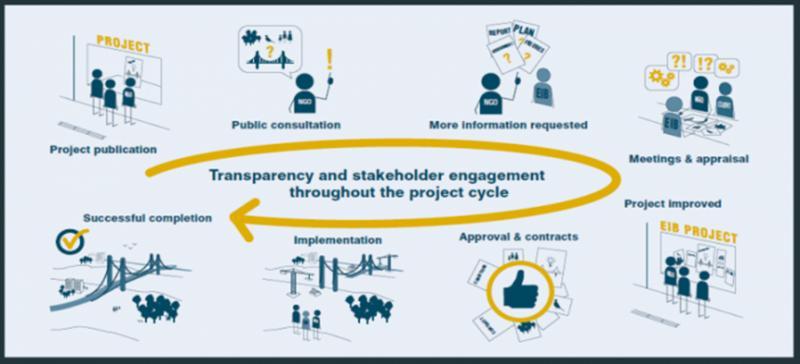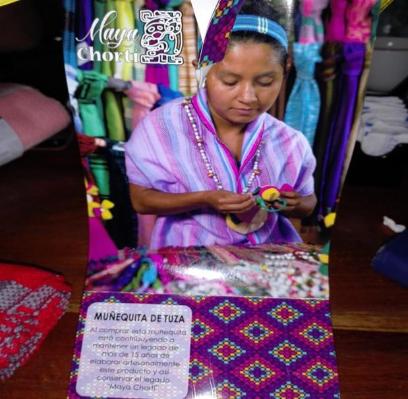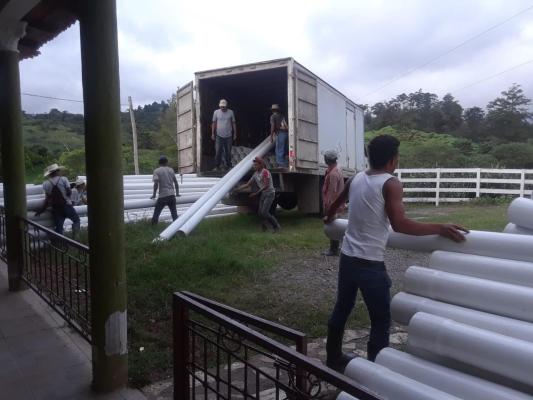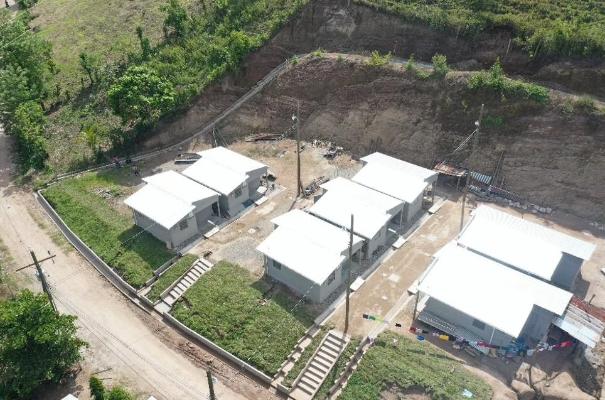Indigenous people are stakeholders in Honduras
In Honduras, the government made improving the quality and safety of the road network a high priority as part of its development plan for the next two decades.
The modernisation and rehabilitation of the Western Corridor was particularly important, as it connects San Pedro Sula, the second-biggest city and the country’s industrial capital, with Guatemala and El Salvador. The benefits were expected to be significant. It would promote tourism and enhance economic activity, as well as improving living conditions of the local communities in one of the poorest and most deprived regions in Honduras. That’s why the European Investment Bank made a €79.5 million loan and brought €3 million in technical assistance to the project.
Nevertheless, the project affected an estimated 740 households, including some 180 families that would be physically displaced or economically affected. Moreover, the area where the project takes place is home to about 40 000 indigenous Ch’ortí people. The Ch’ortí are primarily dependent on agriculture and provide seasonal labour for large coffee estates and the tourism trade. Women also contribute to the economic activity through craftwork and artisanal products.
Most of the Ch’ortí people live in extreme poverty and have a lower literacy than average in Honduras. Nearly 50% are unemployed and in general, they have poor healthcare access.



